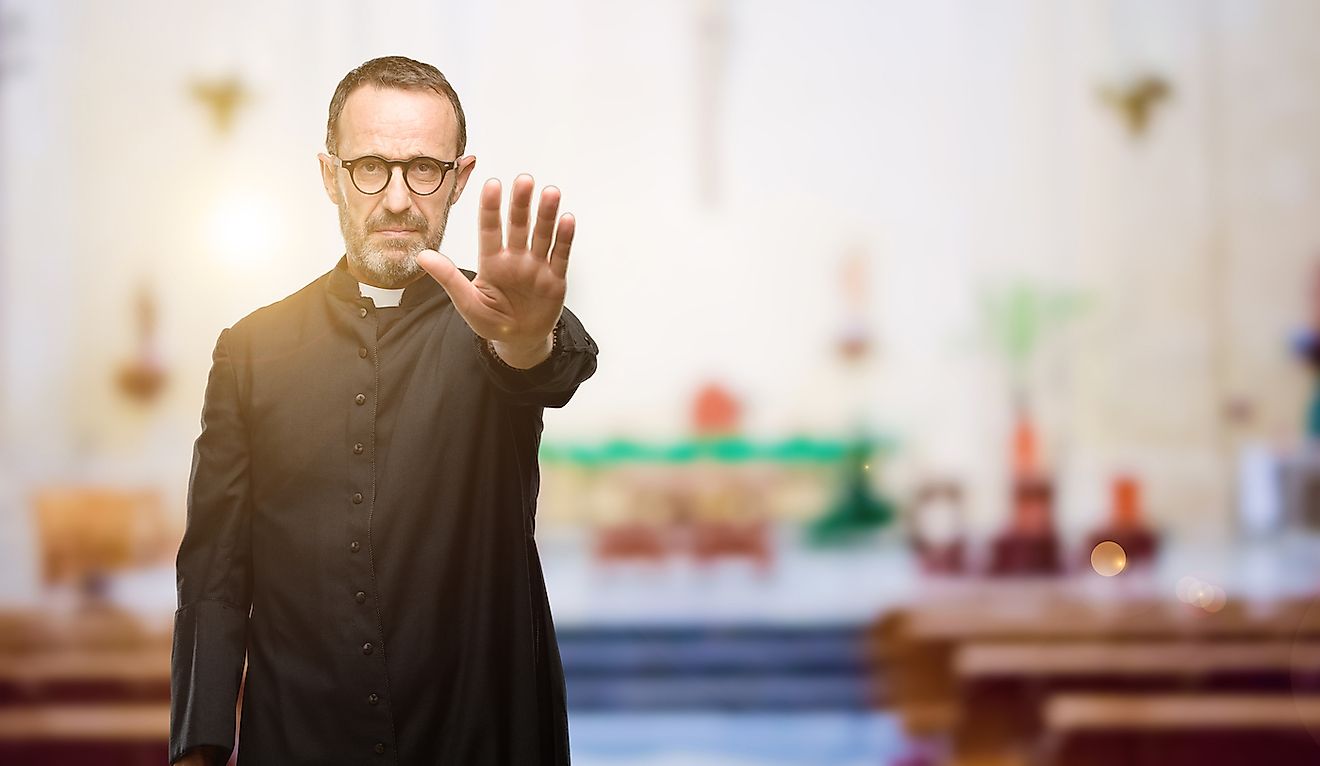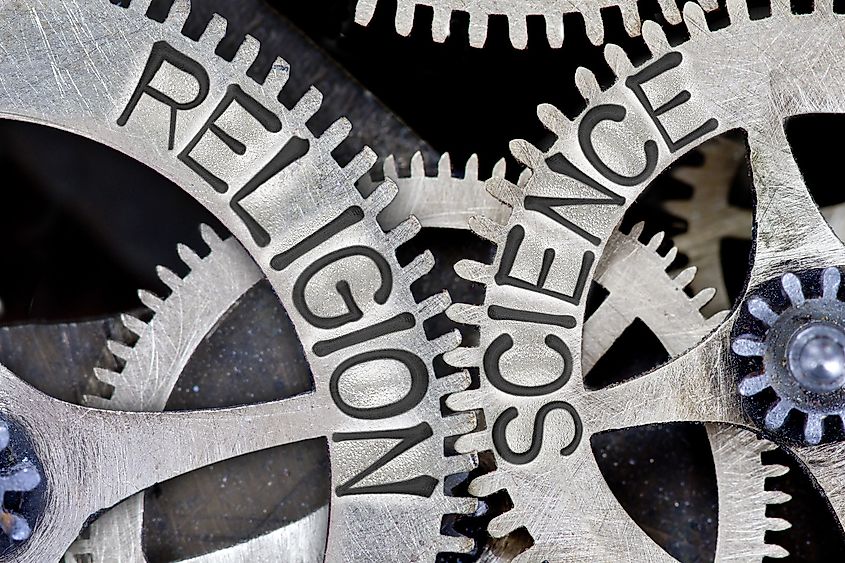The 10 Least Religious US States

- New England is home to some of the most secular states in the US, as well as the West Coast, and the South is the home of the most religious states.
- It could be that the history of Puritanism in New England paved the way for secularism, even though it encouraged its followers to be extremely devout.
- Puritans placed a premium on literacy and worked towards universal literacy so that church-goers could read the bible themselves, and form their own relationship with God.
The US is a very diverse place. People from all walks of life call the country home. There are people who are rich and poor, extreme leftists and extreme right wingers, the risk-averse and those who wish to go hiking at night in the Grand Canyon without any light or shoes on their feet. To each their own.
When it comes to religion, the scene is the same. Some states are quite openly religious, and others are much more secular. In 2016, Pew Research Center provided the public with statistics related to religion in the US by analyzing the results of something called the Religious Landscape Study (RLS). It was found that Alabama, Mississippi, and Tennessee are the most religious states in the country. People who are “highly religious” were defined as those who believe in God, who attend religious services regularly, and who pray on a daily basis.
In the US, people who are Christians form the largest religious group, and mainline protestants come second, with Catholics following in third. People who follow non-Christian faiths such as Judaism and Islam comprise 6% of all religious groups in the country, and round 16% of Americans follow no religion in particular. Just 3% describe themselves as true atheists.
New Hampshire, Massachusetts, Vermont and Maine are the least religious states in the country. Following this in order from least religious to slightly more are Connecticut, Wisconsin, Washington, Alaska, New York, Hawaii, and Colorado. These states form the top ten least religious states in the US.
Why are some people less devout than others in some places? That is a complicated and difficult question to answer. Some of the answers may lie in history, some in the economics and geography of a place, and others remain as unknowns. As a group, New Hampshire, Massachusetts, Vermont and Maine might trace part of their higher levels of secularism to the historic influence of the Puritan religion in New England.

Democratic Religion
It is difficult to pinpoint exactly why places such as New England have developed into more secular societies than that of the South in the US. It could be the history of the Puritan religion in New England in particular, was a factor.
People who formed the Purtian religion living in New England were free thinkers of their time. Puritans were English Protestants during the 16th and 17th centuries who believed the Church of England needed changing. This group felt the practices of the Church of England were still largely tolerant to those associated with the Roman Catholic Church, and that the English Reformation did not do enough to eliminate them. Some Puritans ended up separating from the Church of England, and others stayed but adjusted their religious practices.
In breaking from the Church of England, Puritans formed a religion based on progressive ideas at the time. They developed a congregationalist church that was autonomous and democratic, without the top-down authoritarianism of religions like Catholicism. Puritans valued education, and worked hard to achieve universal literacy. It was believed that both men and women should be able to read, and that literacy was essential so that people could read the Bible to themselves, and form their own relationship with religion and God, without going through any church hierarchy.
In 1647, the government of Massachusetts required all towns consisting of 50 or more households to hire a teacher. Students who did well were encouraged to attend burgeoning higher education at places such as Harvard and Yale, or by returning to England or Scotland, in some cases, for a doctor’s education.
In New England, community and church were fully intertwined at this time, and ironically, this could be what laid the path for increased secularism. New Englanders believed that religion should influence politics, and that the two should not be separate. But in turn, believing that all members of their church be educated and encouraged to think freely to a certain extent, once New England began to experience an economic boom, the shift in the community from focusing on the church to focusing on business matters could have happened naturally, as a whole.
Future Progressions
Will the states in the US that are largely irreligious continue to be so as time goes on? This will be the case. According to Pew Research, people who describe themselves as religiously unaffiliated and identify as an atheist, agnostic or “nothing in particular has grown by 17% in the last decade, and the number of Christians in the country has decreased by 12%. Atheism, specifically, has doubled from 2% to 4%. That being said, the number of non-Christian religious people has grown from 5% to 7%. More Democrats than Republicans are moving away from Christianity, but there are people from both political sides who are doing so. Older adults are much more likely to attend church regularly compared with millennials, and the number of religiously unaffiliated adults in the US has blossomed by almost 30 million people. One thing is for certain: the religious dynamics of the country are changing.
The 10 Least Religious US States
| Rank | US State | % of adults who are “highly religious” |
|---|---|---|
| 1 | New Hampshire | 33% |
| 1 | Massachusetts | 33% |
| 3 | Vermont | 34% |
| 3 | Maine | 34% |
| 5 | Connecticut | 43% |
| 6 | Wisconsin | 45% |
| 6 | Washington | 45% |
| 6 | Alaska | 45% |
| 9 | New York | 46% |
| 10 | Hawaii | 47% |
| 10 | Colorado | 47% |











